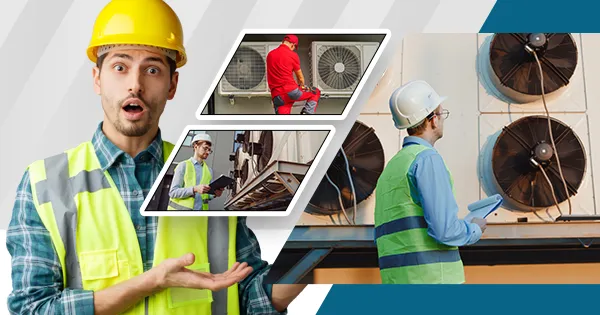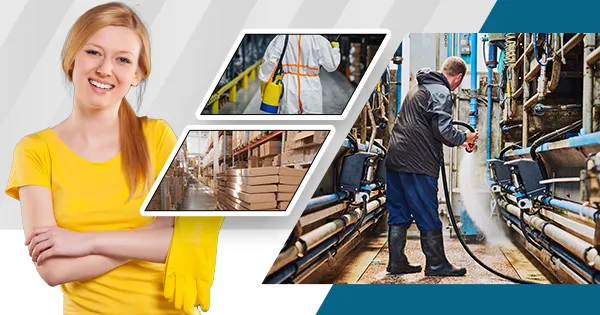Introduction
Maintaining cleanliness in a laboratory setting is critical not only for the accuracy of scientific results but also for the health and safety of everyone working in the space. Proper cleaning procedures also ensure compliance with local and international safety standards. This guide explores best practices for keeping science laboratories clean, safe, and compliant.
Understanding Lab Cleaning Requirements
Laboratories deal with a wide range of substances—some of which can be hazardous. Regular cleaning is necessary to prevent cross-contamination, reduce exposure to harmful chemicals, and maintain a sterile environment. Each lab will have different requirements depending on the type of research or testing conducted.
Daily Cleaning Procedures
Day-to-day cleaning tasks should include wiping down surfaces, safely disposing of waste, and cleaning commonly used equipment. Using appropriate cleaning agents that do not interfere with experiments is essential. Ensuring these practices are consistently followed minimizes health risks and improves productivity.
Periodic Deep Cleaning
While daily cleaning handles surface-level hygiene, periodic deep cleaning is necessary to tackle areas that are often neglected. This includes vents, behind equipment, and high-touch zones. Deep cleaning ensures thorough removal of dust, chemical residues, and biological contaminants, all of which can impact both safety and research integrity.
Specialist Cleaning Needs
Certain laboratory settings, such as those handling biological agents or radioactive materials, require more than basic janitorial services. Specialist cleaning services are trained to manage these environments safely and in accordance with regulatory requirements, ensuring both people and data remain protected.
Waste Management and Compliance
Proper disposal of hazardous and non-hazardous waste is fundamental in laboratory cleaning. Waste should be segregated, clearly labeled, and disposed of through authorized channels. Documentation of cleaning and disposal processes also helps maintain compliance with health and safety regulations.
Staff Training and Cleaning Protocols
Everyone in the lab must be aware of cleaning protocols, including emergency spill procedures and contamination control. Staff should be trained to follow standardized protocols, including the correct use of PPE (Personal Protective Equipment) during cleaning tasks.
Conclusion
Maintaining a clean and compliant laboratory is not only a matter of safety but also scientific integrity. Regular cleaning routines, professional deep and specialist cleaning services, and ongoing staff training all contribute to a productive and secure scientific environment.







